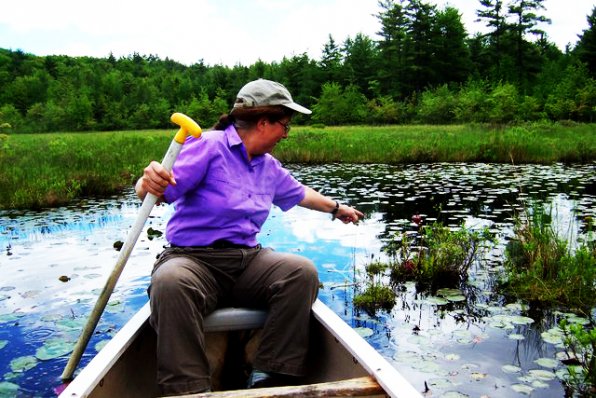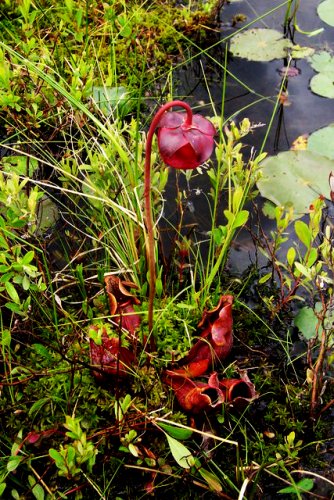Early naturalists were reluctant to recognize there were plants that trapped and devoured insects to obtain food. In the middle of the 1800s, the idea of plants capturing and digesting insects was regarded as being so outrageous as to be called science fiction. The Swedish naturalist Carl Linnaeus wrote, “To think that plants ate insects would go against the order of nature as willed by God.”
However, one of the first documentations of plants ensnaring and consuming insects was made by Charles Darwin, who wrote in 1875: “It appears to me there is hardly any more remarkable fact than this (that a plant will trap and eat insects) has been observed in the vegetable kingdom.” Today, naturalists recognize about 400 varieties of carnivorous plants, which are plants that have bizarre adaptations for nabbing insects to obtain nutrition. Darwin called them “the most wonderful plants in the world.”
Because carnivorous plants can get nourishment from ingested insects, they can survive in areas of impoverished soils such as in acid peat bogs, sandy marshes and rocky slopes. They are among the strangest and most fascinating plants on the planet.
Hilary Thomson, who lives along Snow Pond in Concord, told me she has seen some carnivorous pitcher plants growing on the edge of her pond. When she called this spring to tell me the pitcher plants were in bloom, I went with her by canoe out on Snow Pond to find some. There, on the pond's bog-like margin, we discovered and photographed several pitcher plants.
The pitcher plant is so named because it has large pitch-like structures with a lip at their top. Beads of nectar on this lip, along with alluring colors, entice insects to enter the pitcher. Big mistake. The insects first encounter sharp downward pointing hairs and then slippery interior walls that afford the insects no foot hold and no possible way to escape. The insects' descent into the pitcher is a one-way path to a pool of rain water at the bottom where they drown. The insects suffer the ultimate indignity of fatal attraction – killed by a plant.
Chemists have discovered digestive enzymes in the pitcher plant that enable the nutrients of the insect to be adsorbed by the plant. It takes five to eight hours for an insect to be “digested.”
Since most pitcher plants are usually half filled with rain water, they have been called “hunter's cup.” In spite of the dead insects at the bottom, the rain water in the pitcher plant is considered to be more suitable for drinking than the surrounding water. However, I did not drink from the hunter's cup.











